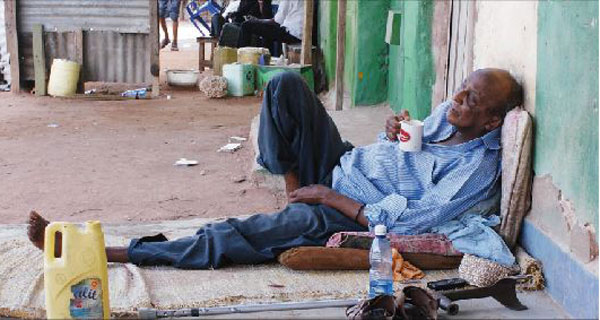×
The Standard e-Paper
Home To Bold Columnists
 |
| Mr Abdi Adow, 59, who suffers from severe spinal injury, has not received his Sh2,000 monthly stipend for the last six months from the Government’s cash transfer programme for people living with disabilities. [PHOTO: Paul Wafula/Standard] |
By PAUL WAFULA
Kenya: The Government’s fund for the poor and vulnerable has lost about Sh600 million to ghost recipients in the last five years.